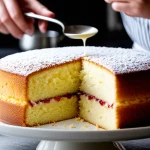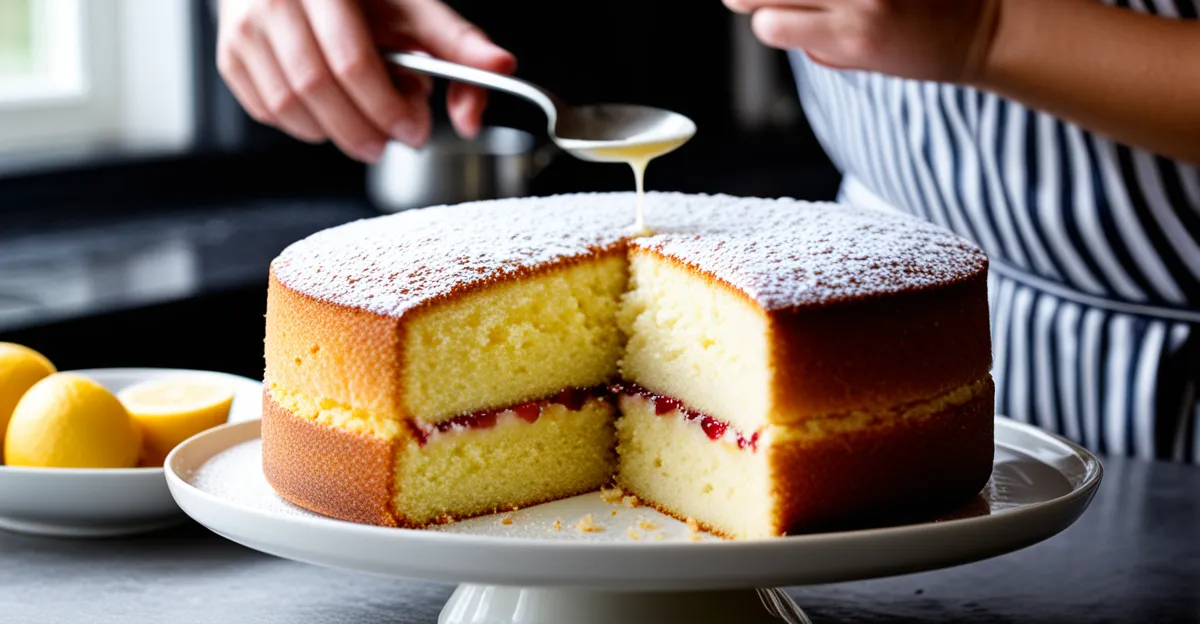Essential ingredients and preparation steps for a fluffy Victoria sponge cake
A Victoria sponge cake relies on precise ingredients and careful preparation to achieve its signature lightness. The key ingredients include:
- 200g self-raising flour, sifted
- 200g caster sugar
- 200g unsalted butter, softened
- 4 large eggs at room temperature
- 2 tsp baking powder
- A splash of milk if needed
Preparing these ingredients correctly impacts the cake’s texture. Butter and eggs should be at room temperature for smooth mixing. Sifting the flour and baking powder ensures even distribution and avoids lumps.
Have you seen this : How Can British Culinary Traditions Influence Modern Cooking Techniques?
Before mixing, you must prepare your equipment: grease two 20cm round cake tins and line them with baking parchment. This prevents sticking and helps the cake release cleanly. Preheat the oven to 180°C (160°C fan oven) for consistent baking temperature.
Following these baking essentials carefully sets the stage for a fluffy, light Victoria sponge cake. The combination of proper ingredient measurements, temperature, and equipment preparation forms the base for successful baking every time.
Also read : How Can British Culinary Traditions Influence Modern Cooking Techniques?
Mixing and baking techniques for best texture
Mastering the creaming method is crucial for a light Victoria sponge cake. Start by beating softened butter with caster sugar until pale and fluffy—this traps air, laying the foundation for a fluffy sponge technique. Gradually add eggs one at a time, mixing well after each addition to avoid curdling, then fold in the sifted self-raising flour and baking powder gently. Folding preserves the air pockets, keeping the batter airy rather than dense.
Correct oven temperature is essential. Bake at 180°C (160°C fan oven) to ensure even heat distribution. Placing tins in the middle rack supports uniform rising. Avoid opening the oven door early—this sudden temperature drop can cause the cakes to sink.
Baking time should be about 20–25 minutes. Test readiness by gently pressing the surface; it should spring back, or use a skewer inserted in the center—it should come out clean. These baking essentials guarantee an evenly risen, delicate Victoria sponge, with the ideal light texture that defines the cake.










